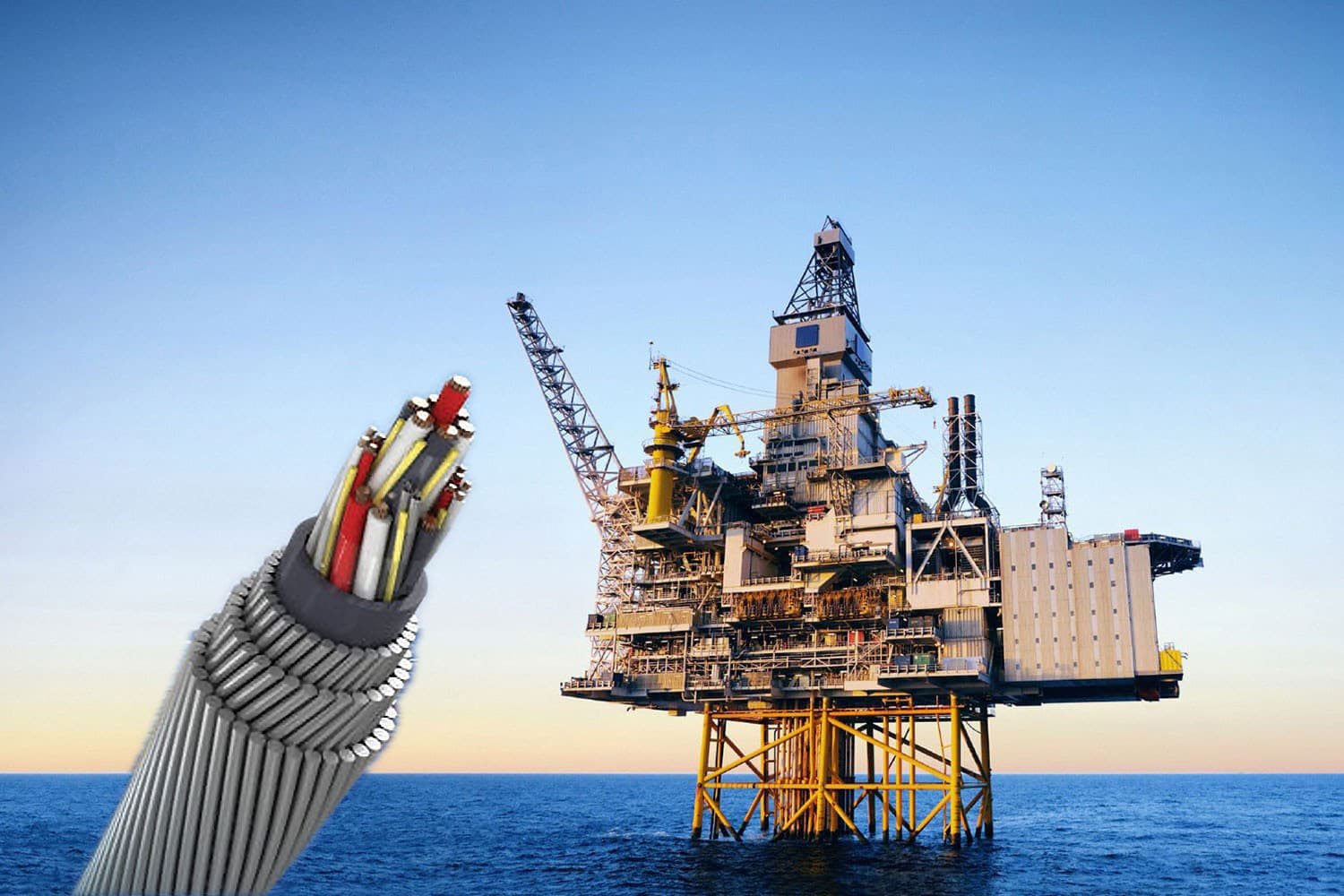
Seismic cables are vital tools used in geophysical exploration to detect and understand the Earth's structure. These cables consist of a bundle of sensors that capture data on vibrations caused by earthquakes or man-made sources. This information is then used to create detailed images of the subsurface, helping geoscientists and engineers make informed decisions about resource exploration and extraction, environmental monitoring, and hazard mitigation.
At the heart of every seismic cable lies advanced sensing technology that allows for highly accurate and precise data capture. These sensors are typically housed in a protective casing, ensuring they remain functional and secure during installation and operation. With the ability to detect even the slightest vibrations, seismic cables provide an unparalleled level of insight into the Earth's structure and behavior.
Seismic cables have a wide range of applications, from oil and gas exploration to earthquake monitoring and geohazard assessment. They are also used in civil engineering projects to evaluate the stability of structures such as dams, bridges, and tunnels. With advances in technology and data analytics, seismic cables are becoming increasingly important tools in answering some of the most pressing questions about our planet's geology and environment.
Whether you are a geoscientist, engineer, or researcher, seismic cables are an indispensable tool in your toolkit. With their ability to capture detailed data on seismic activity, these cables provide a window into the Earth's structure and behavior that is unmatched by any other technology. So if you want to explore the subsurface, understand the environment, or mitigate hazards, seismic cables are the way to go.
Роботи проти землетрусів Обладнання для підводного перетягування кабелю включає еластичну секцію троса, робочий трос, носій, дистанційну мотузку, допоміжний плавучий матеріал тощо, і кожне обладнання з’єднане одне з одним, тягнучи за задньою частиною корабель, перетягнутий на задній частині корабля.
Режим буксирування в морських сейсморозвідувальних роботах визначає співвідношення сил між ввідними кабелями, дефлекторами та канатами (шпорами), які їх з’єднують,
Нейтрально плавучі прив'язні троси отримують плавучість завдяки матеріалам оболонки з термічної гуми (TPR), які є надзвичайно гнучкими та мають хорошу механічну стійкість. Спінений поліуретан (ExPU) дає надзвичайно низьку питому вагу наповнювачів і сумішей оболонки. Провідники з тонкою стінкою також допомагають зменшити вагу та діаметр. Також можна використовувати провідники зі сплаву з мідним покриттям. Ми можемо запропонувати прототип короткої довжини, щоб дати компаніям можливість пробного запуску.
Зробіть запит негайно!
Електричні та оптичні кабелі для всіх галузей
Facebook LinkedIn
